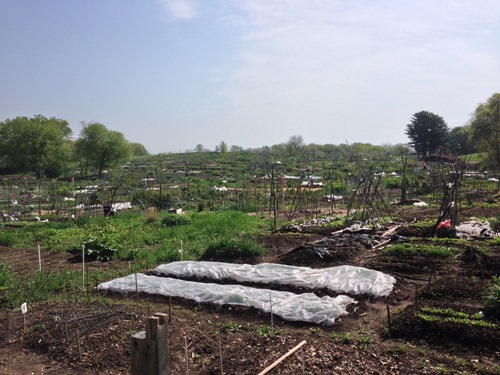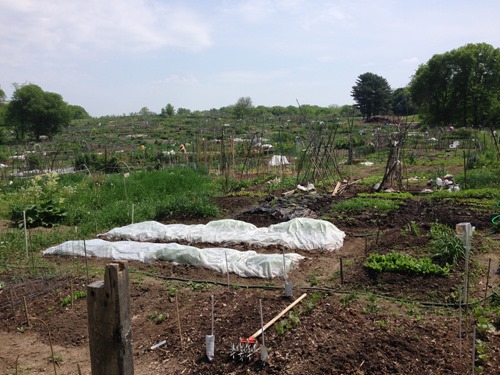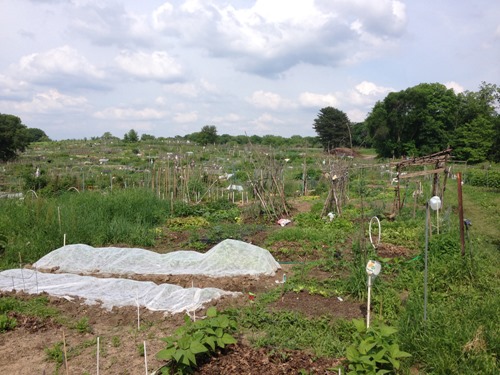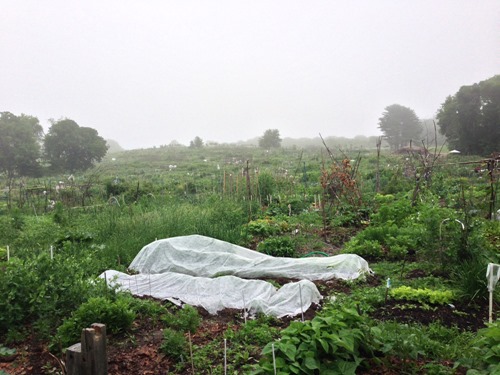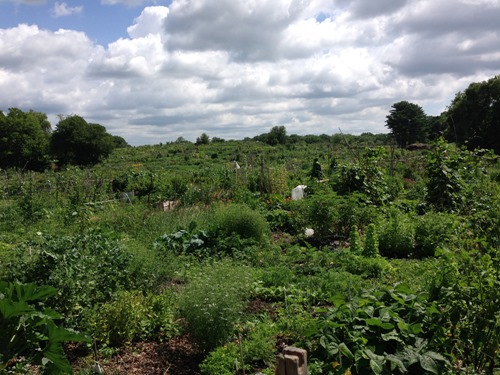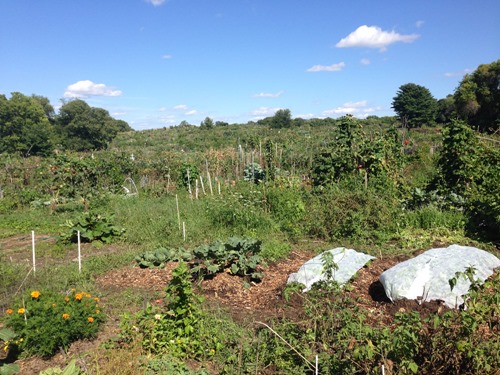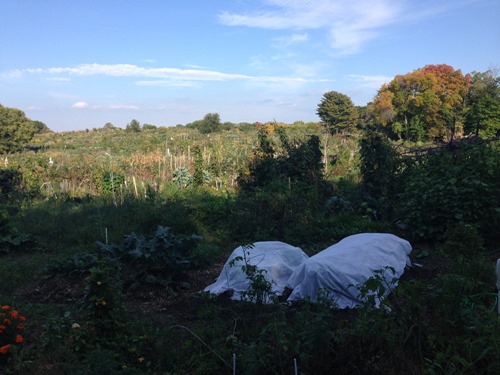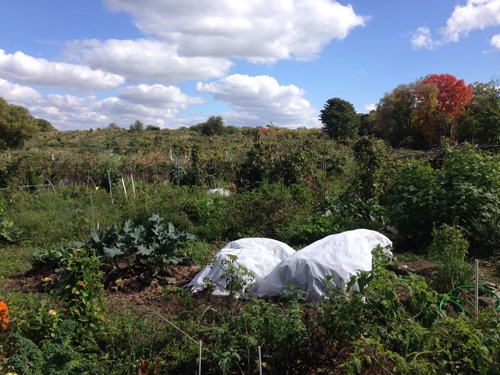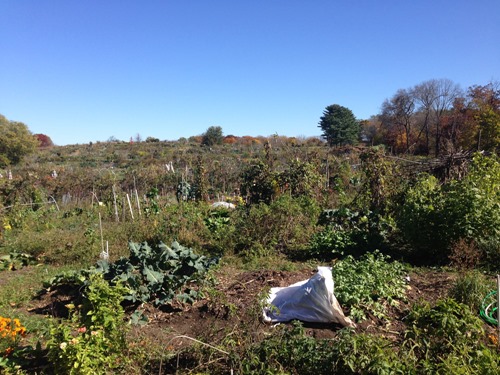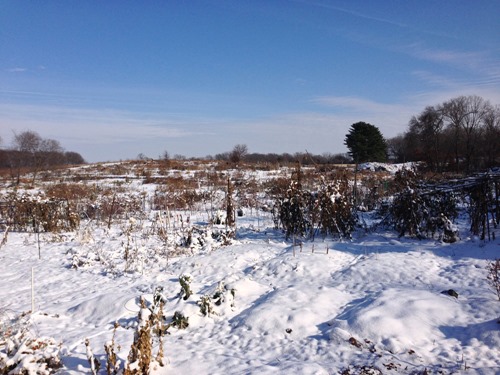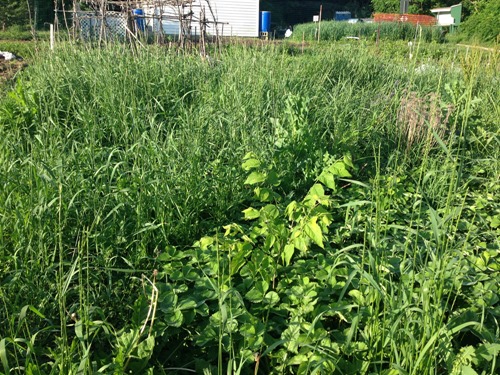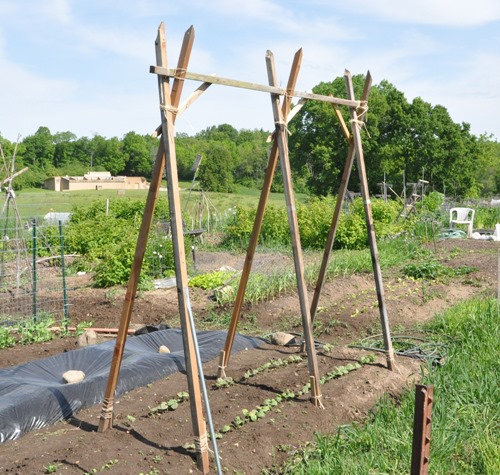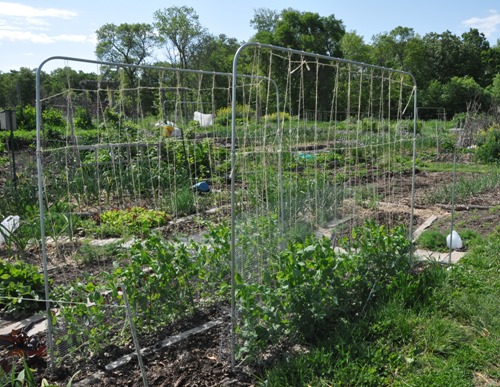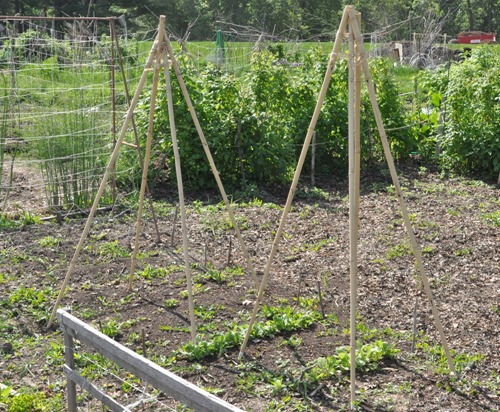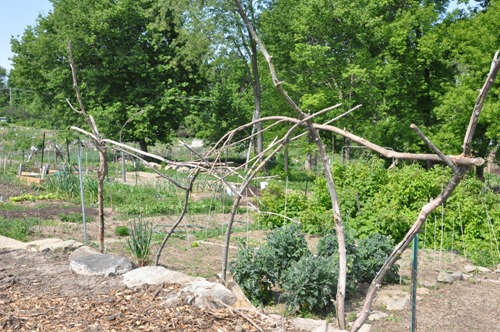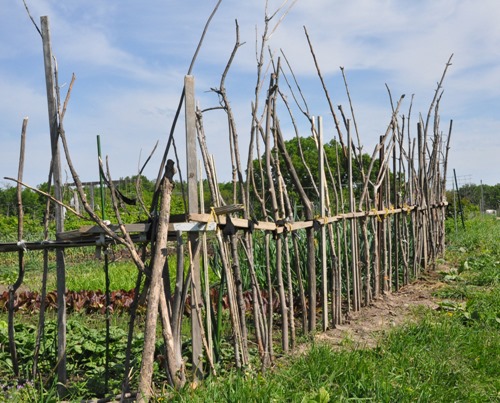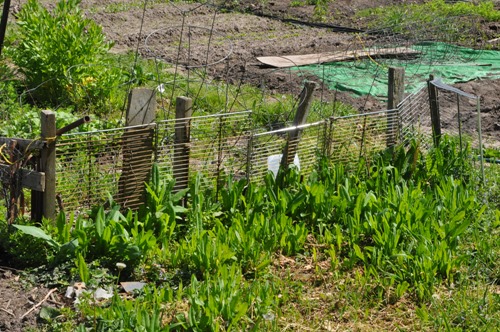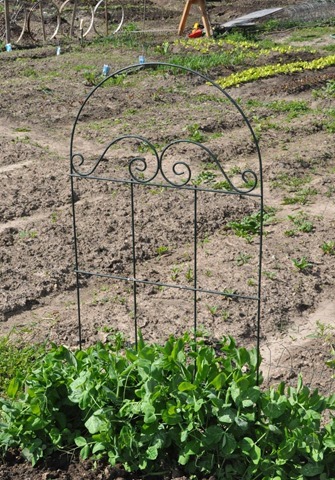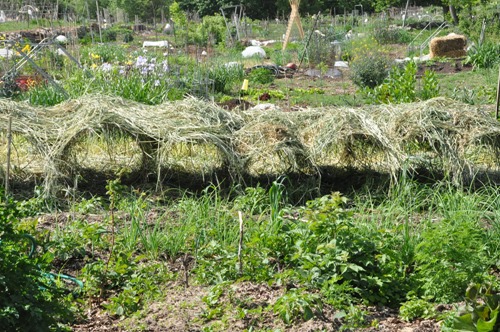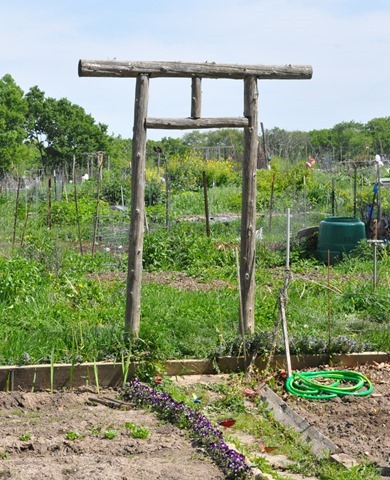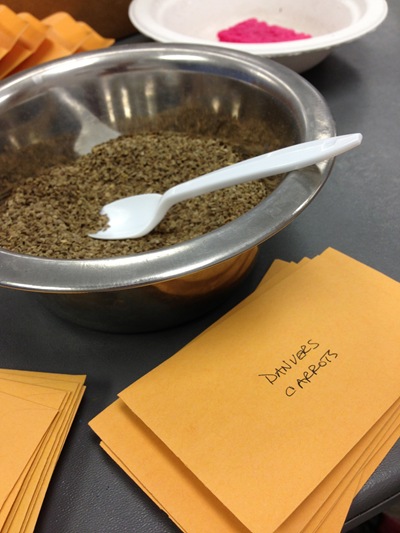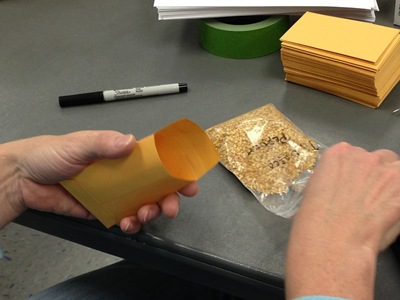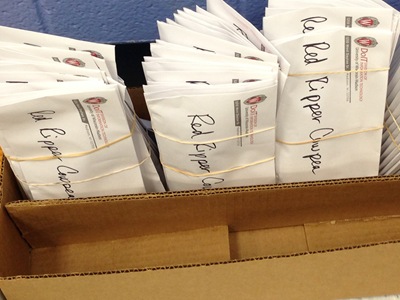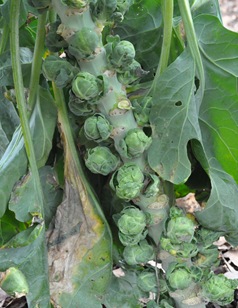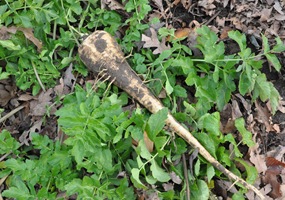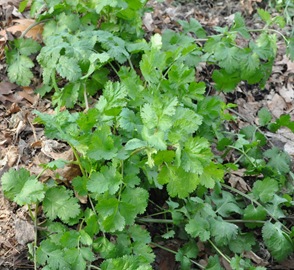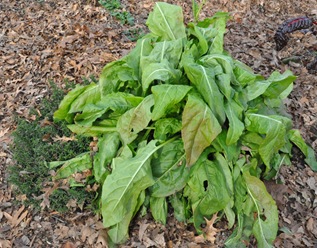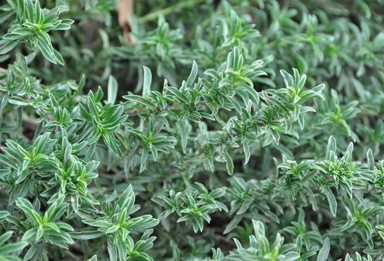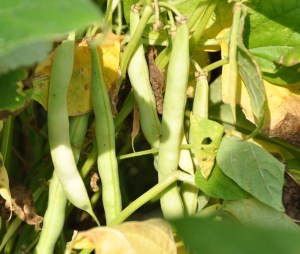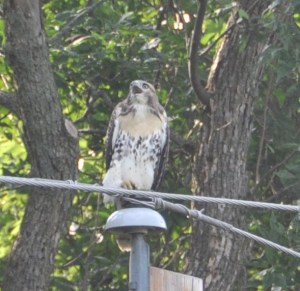I peeked in here earlier this week when I came to approve a comment and was a little dismayed but not surprised to see I haven’t posted anything for nearly two months. I’m not even going to say “Yikes!” I stopped posting about food and cooking quite a while back. I decided my photos weren’t very good and there are so many other, much better food blogs. I blog to learn about and enjoy the community of gardeners. But, the thing is, in my part of the world the gardening season is limited. This winter I’ve been putting more time into other projects while I have the time. They are the things that will similarly get put on the back burner when spring finally rolls around.
Still, there has been some garden-related activity. I’ve been planning and preparing for the coming season. I got some new shop lights this week to expand my seed starting area and I tested a bunch of old seeds to see if they would be OK to share in the seed swap a friend of mine has mentioned hosting. Spoiler alert: The tomatoes all did great, even the ones that were several years old. Woot!
Anyway, just to stay in the blogging groove and to keep from forgetting how to use the software, I’m going to share a little series of photos with you. Last season, I got the idea of taking an image of the gardens from the same spot over the weeks and months. I’ve pared the collection down to some representative ones that show the progression of the plots over time.
May 20—Most gardeners have been at it for weeks already, myself included.
May 26—Only a week later and you can see how much someone’s lettuce there in the right foreground has grown. So has that patch of weeds to the left of the image’s center. That’s the neglectful neighbor’s plot I wrote about once. My plot is the one just about in the center of the image. You can just see the light brown posts I put up for my tomatoes. In the right of the image is some of the abundant stickwork my kitty-corner neighbor does each season.
June 9—A couple more weeks and those beans in the foreground have really taken off. On the right you can see a trellis platform up on poles. She grew pumpkins up on that!
June 21—Things are really getting lush now.
July 13
September 14—I somehow missed taking pictures in August. We did leave town for a couple of weeks to go camping and I guess I just neglected this project the rest of the time.
September 28—Trees are starting to color and it’s getting dark earlier. The row of trees to the west of the gardens starts casting its shadow farther into the garden every day at the same time.
October 6—Things are starting to definitely look past their prime. This is about the time of year we could start getting frost but it hadn’t come yet.
October 25—Still no frost/freeze. This is why I just go ahead with fall crops as if the frost date might be weeks later than anticipated. Sometimes it is.
November 28—A month later everything has changed. We were still picking Brussels sprouts, of course, but for most everything else it was over.
I’m finding I enjoy looking through the images I took in the garden over the past seasons and years. Sometimes they serve as a reference of what a particular crop was doing at a specific time. It’s also just nice to have some reminders of what a green garden can look like months after it’s all been covered in snow.
Do you ever just flip through old garden pictures and enjoy remembering?

